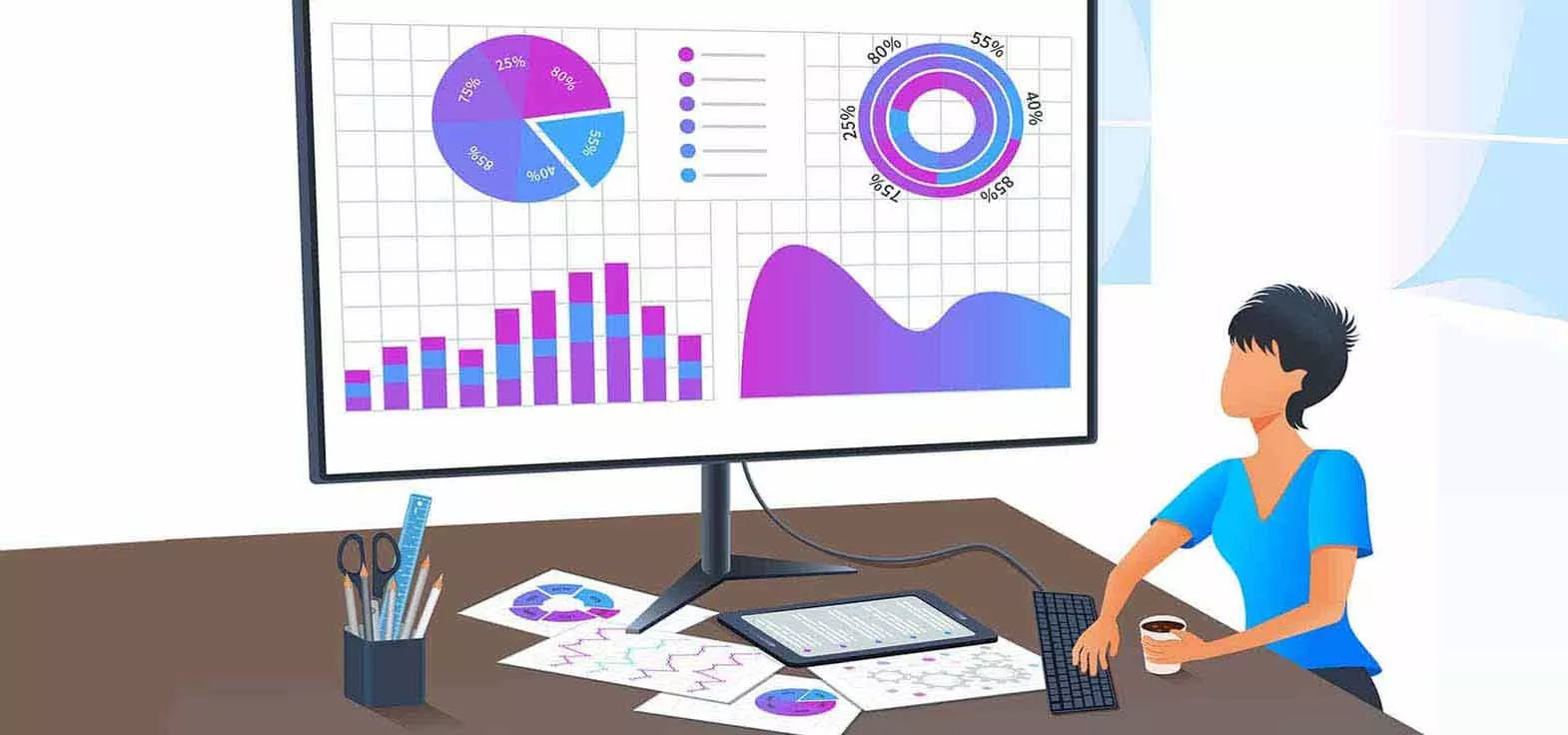When the COVID-19 pandemic forced companies to work remotely and put a stop to travel, it required pharmaceutical companies, consultancies, and regulators to adopt virtual ways to manage critical processes.
Regulatory authorities require companies to adhere to standards with their pharmacovigilance and quality systems according to good vigilance practices. Companies must demonstrate they have clear standard operating procedures, that their documentation is complete and clear, and that their pharmacovigilance system is up to date and contains full details of all critical PV processes, procedures, and key stakeholders.
To ensure their processes conform to requirements, companies must perform regular risk-based audits of their PV and quality systems, typically carried out by an experienced external auditor. Since the pandemic, such audits have all become remote. While not without their challenges, these audits have been largely successful and well-received by companies and regulators alike.

